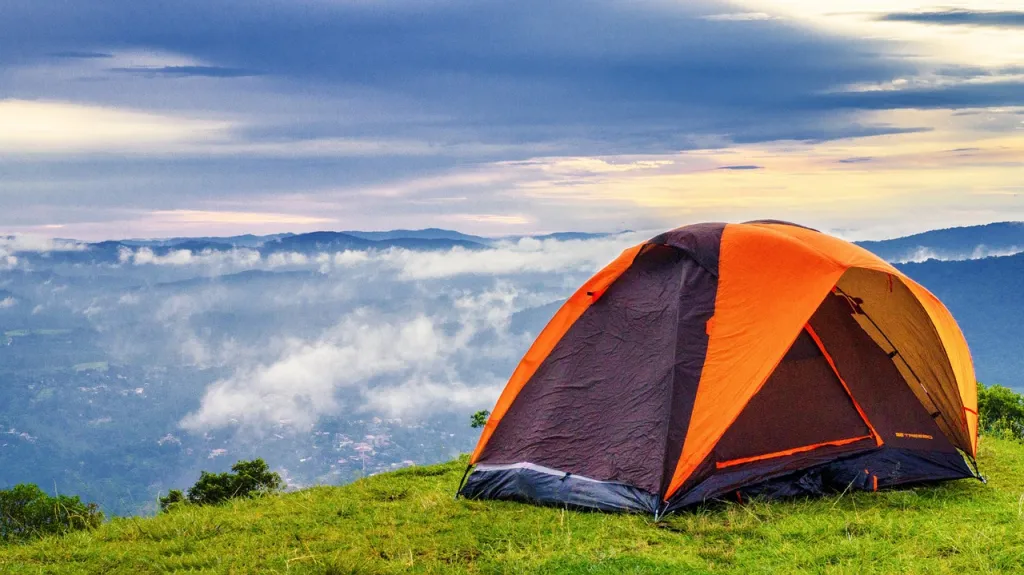The camping tent market is experiencing a significant surge in demand, driven by the increasing popularity of outdoor activities and the desire for unique and immersive experiences. This article delves into the market overview, highlighting the growing demand for outdoor activities, key players in the camping tent market, and regional market trends and preferences.
Table of Contents:
Market Overview
Innovative Materials and Textures
Cutting-Edge Designs and Features
Size, Fit, and Customization
Weather Resistance and Durability
Market Overview
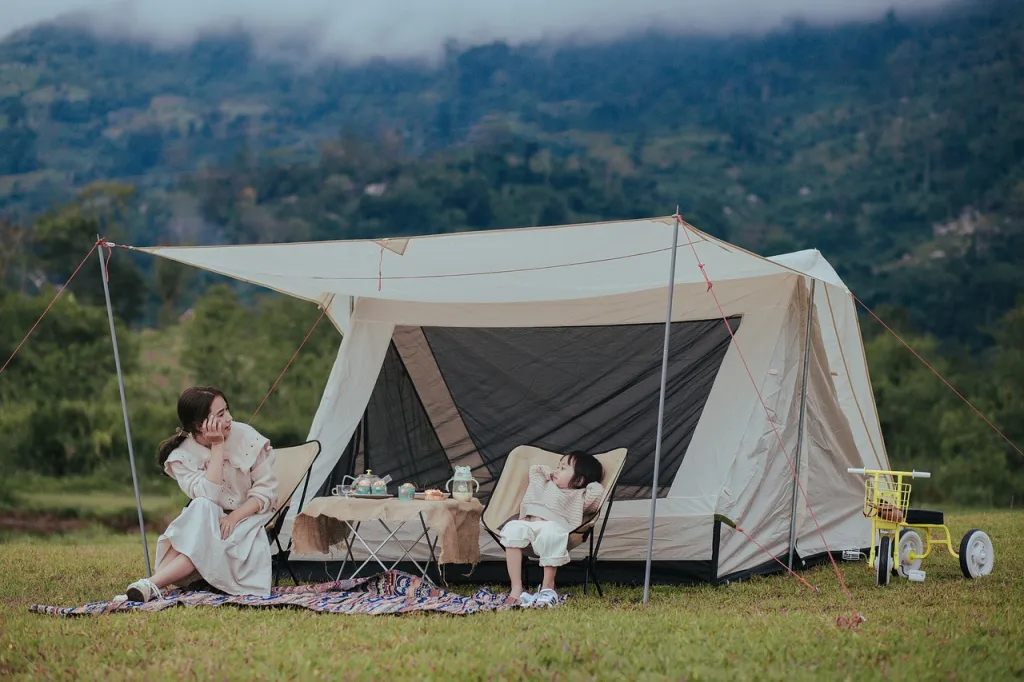
Growing Demand for Outdoor Activities
The camping market is witnessing a robust growth trajectory, fueled by a rising interest in outdoor activities. According to Statista, the camping market in the United States is projected to reach a revenue of US$25.81 billion by 2024, with an annual growth rate (CAGR) of 6.11% from 2024 to 2029. This growth is expected to result in a market volume of US$34.72 billion by 2029. The number of users in this market is anticipated to reach 80.88 million by 2029, with user penetration increasing from 18.5% in 2024 to 23.1% by 2029.
This surge in demand is not limited to the United States. Globally, the camping market is projected to generate a revenue of US$46.16 billion in 2024, with an anticipated annual growth rate of 5.67%, leading to a market volume of US$60.81 billion by 2029. The number of users worldwide is expected to reach 329.60 million by 2029, with a user penetration rate increasing from 3.3% in 2024 to 4.1% by 2029.
Key Players in the Camping Tent Market
The camping tent market is dominated by several key players who have established themselves as leaders in the industry. Companies such as Coleman, The North Face, and Big Agnes are renowned for their high-quality and innovative camping tents. These brands have consistently delivered products that cater to the evolving needs of outdoor enthusiasts, ensuring durability, comfort, and ease of use.
Coleman, a subsidiary of Newell Brands, is a household name in the camping industry, known for its wide range of camping gear, including tents, sleeping bags, and outdoor furniture. The North Face, a subsidiary of VF Corporation, is another prominent player, offering premium camping tents designed for extreme weather conditions and rugged terrains. Big Agnes, a Colorado-based company, has gained a reputation for its lightweight and eco-friendly camping tents, appealing to environmentally conscious consumers.
Regional Market Trends and Preferences
The camping tent market exhibits distinct regional trends and preferences, influenced by local landscapes, cultural practices, and economic factors. In the United States, camping is deeply ingrained in the national culture, with millions of Americans flocking to national parks and private campgrounds each year. The diverse landscapes, ranging from coastal areas to mountainous regions, provide ample opportunities for camping enthusiasts to explore different environments.
In Europe, the trend of glamping, or glamorous camping, is gaining traction. This luxurious form of camping offers high-end amenities and accommodations, attracting a new segment of customers who seek comfort and nature immersion. Countries like the United Kingdom and France are witnessing a rise in demand for glamping accommodations, reflecting a growing interest in luxury outdoor experiences.
The Asia-Pacific region is also experiencing a surge in outdoor recreational activities, boosting the camping market growth. Countries like Australia and New Zealand are known for their stunning natural landscapes, driving domestic and international camping tourism. In Australia, the camping market is expected to reach a revenue of US$0.80 billion by 2024, with an annual growth rate of 5.99%, resulting in a market volume of US$1.07 billion by 2029.
Innovative Materials and Textures
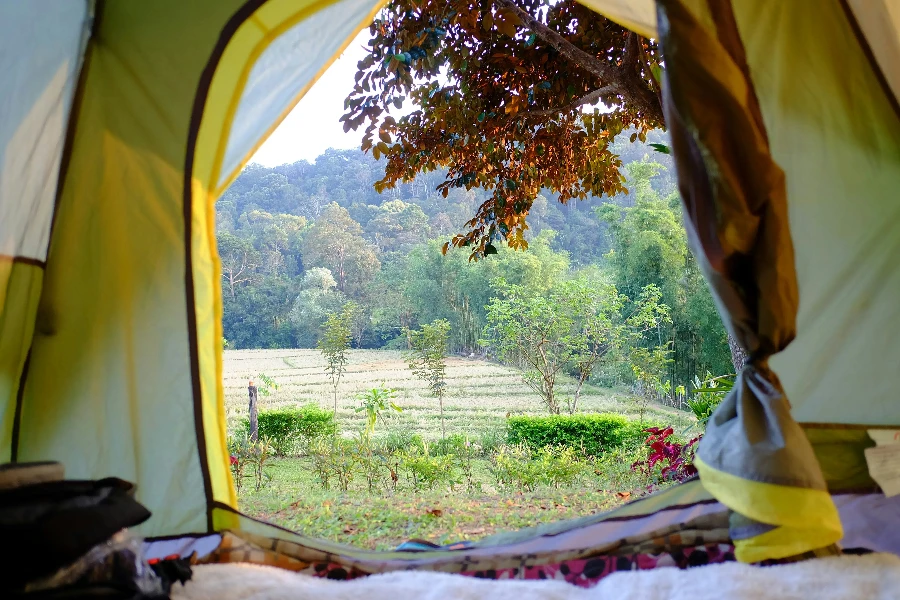
Lightweight and Durable Fabrics
In the world of camping tents, the materials used play a crucial role in determining the overall performance and durability of the product. Lightweight and durable fabrics are at the forefront of innovation, providing campers with the best of both worlds: ease of transport and long-lasting use. According to the “Best Backpacking Tents of 2024” report, ultralight tents have gained popularity due to their minimal weight, often less than 3 pounds, achieved through the use of thin fabrics and zippers. For instance, the Big Agnes Tiger Wall UL3 uses a 15-denier floor fabric, which is lightweight yet requires careful handling to avoid punctures and tears. This trend towards ultralight materials is driven by the need for backpackers to reduce their load without compromising on the tent’s structural integrity.
Eco-Friendly and Sustainable Options
As environmental consciousness grows, the demand for eco-friendly and sustainable camping tents has surged. Manufacturers are increasingly using recycled materials and sustainable production processes to meet this demand. The “Best Rooftop Tents of 2024” highlights the James Baroud Evasion, which not only boasts a durable design but also incorporates eco-friendly materials. This shift towards sustainability is not just a trend but a necessary evolution in the outdoor industry, ensuring that the natural environments campers enjoy are preserved for future generations.
Advanced Waterproofing Technologies
Waterproofing is a critical feature for any camping tent, ensuring that campers stay dry and comfortable regardless of the weather conditions. Advanced waterproofing technologies have significantly improved over the years, providing better protection against rain and moisture. The “Best 4-Season Tents of 2024” report mentions the Hilleberg Allak 2, which features a double-wall design that enhances its waterproof capabilities. This tent is designed to withstand extreme weather conditions, making it a reliable choice for all-season camping. The use of high-quality waterproof coatings and seam-sealing techniques ensures that modern tents can handle heavy rain and snow without leaking.
Cutting-Edge Designs and Features
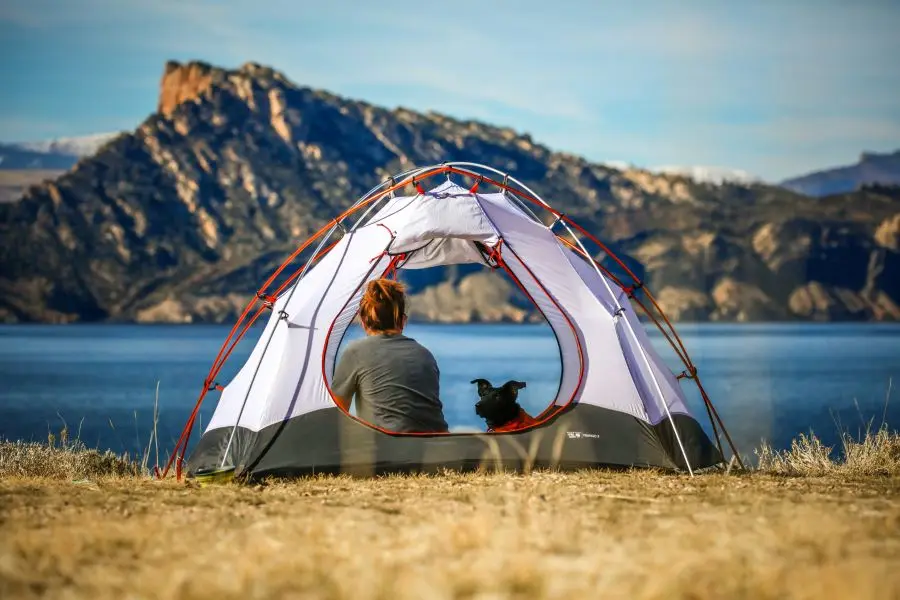
Pop-Up and Instant Setup Tents
Convenience is a major factor for campers, and pop-up and instant setup tents have revolutionized the camping experience. These tents are designed to be set up in a matter of seconds, eliminating the hassle of traditional tent assembly. The “Best Rooftop Tents of 2024” report highlights the iKamper Blue Dot Voyager Duo, which features a quick setup via two gas-powered struts. This innovation allows campers to spend more time enjoying their surroundings and less time struggling with tent poles and stakes.
Multi-Room and Modular Designs
For families and groups, multi-room and modular tent designs offer the flexibility and space needed for a comfortable camping experience. These tents can be customized to fit specific needs, whether it’s adding extra rooms or creating separate sleeping and living areas. The “Best Backpacking Tents of 2024” report mentions the REI Co-op Trail Hut 2, which, while a budget option, offers a spacious floor plan with two doors and two vestibules. This design provides ample space for storage and movement, making it ideal for group camping trips.
Enhanced Ventilation and Climate Control
Proper ventilation is essential for maintaining a comfortable interior climate in a tent, especially during hot summer months. Modern tents are equipped with advanced ventilation systems that promote airflow and reduce condensation. The “Best 4-Season Tents of 2024” report discusses the Mountain Hardwear ACI 3, which features a breathable dome structure that ensures adequate ventilation even in extreme conditions. This tent is designed to keep campers cool in the summer and warm in the winter, making it a versatile option for year-round use.
Size, Fit, and Customization
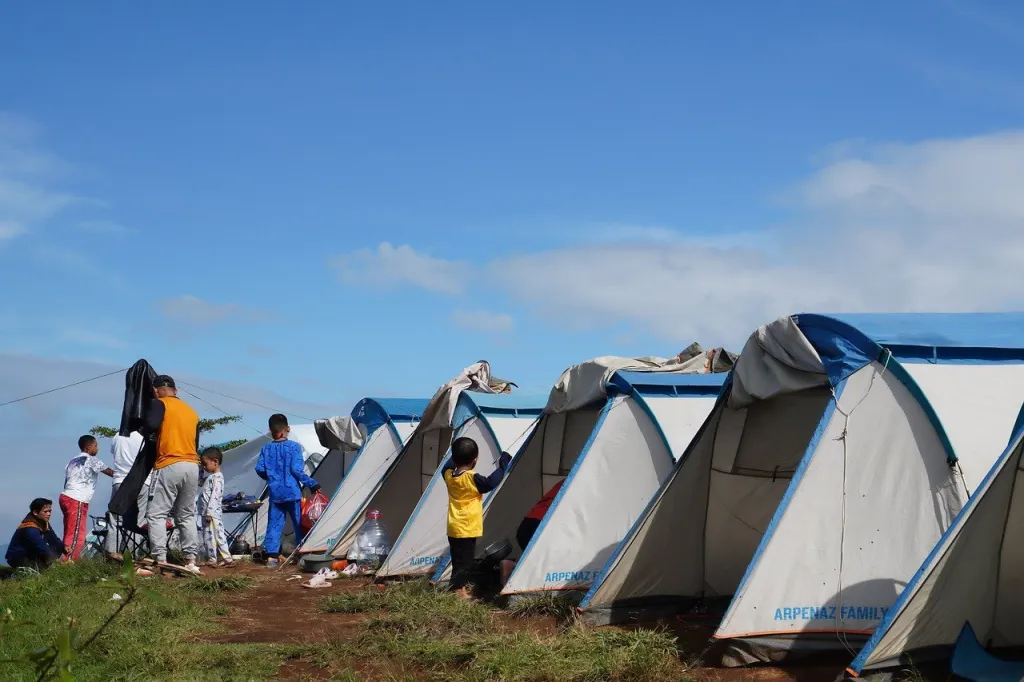
Family-Sized vs. Solo Tents
Choosing the right size tent depends on the number of occupants and the type of camping trip. Family-sized tents offer more space and comfort, while solo tents are designed for lightweight and compact travel. The “Best Backpacking Tents of 2024” report highlights the importance of selecting a tent that fits the specific needs of the camper. For instance, the Nemo Dagger is praised for its generous peak height and spacious interior, making it a great choice for couples or small families. On the other hand, ultralight solo tents like the Zpacks Duplex Zip are ideal for solo adventurers who prioritize weight savings.
Customizable Options for Specific Needs
Customization is a key feature in modern camping tents, allowing campers to tailor their setup to their specific needs. This includes options for adding extra rooms, adjusting ventilation, and choosing different materials. The “Best Rooftop Tents of 2024” report mentions the accessory rails on the iKamper Blue Dot Voyager Duo, which allow for the attachment of extras like solar panels and cargo boxes. This level of customization ensures that campers can create a setup that meets their unique requirements.
Space Optimization and Storage Solutions
Efficient use of space and storage solutions are essential for a comfortable camping experience. Modern tents are designed with features like multiple pockets, gear lofts, and vestibules to maximize storage and keep the interior organized. The “Best Backpacking Tents of 2024” report highlights the importance of interior storage, with many top models featuring multiple pockets and vestibules for gear storage. This ensures that campers have easy access to their belongings and can keep their living space tidy.
Weather Resistance and Durability
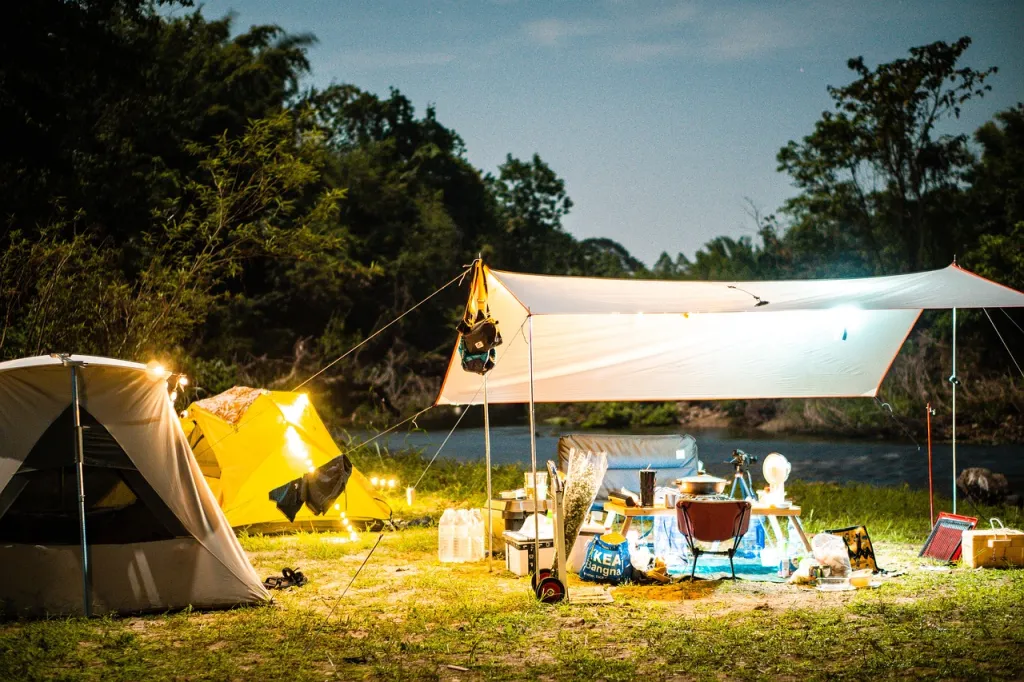
All-Season Tents for Extreme Conditions
All-season tents are designed to withstand the harshest weather conditions, providing reliable protection in any environment. These tents are built with durable materials and reinforced structures to handle heavy snow, strong winds, and intense rain. The “Best 4-Season Tents of 2024” report mentions the MSR Remote 2, which is specifically designed for mountain and basecamp use. This tent features a robust construction that can withstand extreme weather, making it a top choice for serious adventurers.
Reinforced Structures for Wind and Snow
Reinforced structures are essential for ensuring that a tent can withstand strong winds and heavy snow loads. Modern tents are equipped with features like pre-bent poles and additional guy lines to enhance stability. The “Best Backpacking Tents of 2024” report discusses the importance of pole structures in providing stability and durability. For example, the Big Agnes Copper Spur HV UL2 uses a complex pole structure that results in steep walls and generous interior space, while also providing excellent stability in high winds.
Longevity and Maintenance Tips
Proper maintenance is crucial for extending the lifespan of a camping tent. Regular cleaning, proper storage, and timely repairs can significantly enhance the durability of a tent. The “Best Rooftop Tents of 2024” report emphasizes the importance of taking care of gear to ensure it lasts for many years. Simple tips like using a footprint to protect the tent floor, avoiding sharp objects, and storing the tent in a dry, cool place can go a long way in maintaining its condition.
Conclusion
The camping tent industry continues to evolve with innovative materials, cutting-edge designs, and advanced features that cater to the diverse needs of campers. From lightweight and durable fabrics to eco-friendly options and advanced waterproofing technologies, modern tents offer unparalleled performance and convenience. As we look to the future, the focus on sustainability and customization will likely drive further advancements, ensuring that campers can enjoy the great outdoors with confidence and comfort. Whether you’re a solo adventurer or a family of campers, there’s a tent out there that meets your needs and enhances your outdoor experience.
